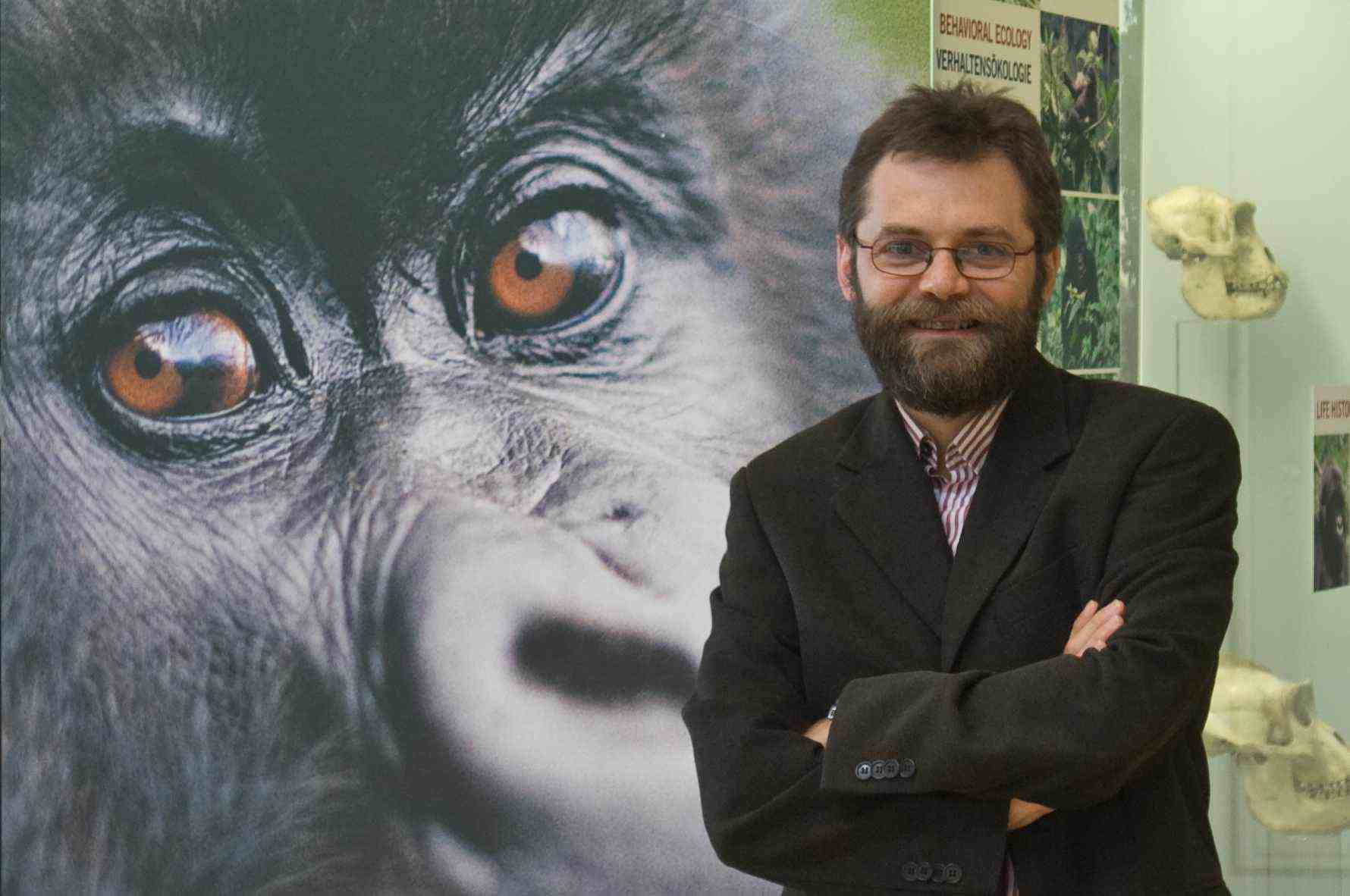Keynote Speakers
June 16, 2013 - 5PM
Josep Call
Wolfgang Köhler Primate Research Center, Max Planck
Institute for Evolutionary Anthropology, Leipzig, Germany
Why do apes cooperate?
|

|
Cooperation is ubiquitous in the animal kingdom and yet,
humans have turned cooperation into one of their defining
features. Our level of cooperation has become such that members
of our species can cooperate with large numbers of genetically
unrelated partners for extended periods of time, in some cases spanning
generations. How did this come about over evolutionary
time? In this talk, I will turn to our closest living relatives,
the great apes, in an attempt to throw some light into this
question. I will explore the prosocial behavior of the great apes
defined as one individual doing something resulting in the benefit of
another. In particular, I will present data on helping and
collaboration in chimpanzees, bonobos, and orang-utans and compare it
with data on children presented with comparable tasks. I will use
these comparative data to uncover the socio-ecological and motivational
factors that determine the emergence of cooperation in humans and
nonhuman apes.
June 17, 2013 - 8:30AM
Kori
Inkpen
Microsoft Research, USA
Connecting Kids: The Future of Video
|

|
Understanding
how kids connect with video may hold the key to delivering the
long-awaited promise of video communication. Children's play is rich,
creative and imaginative and research shows that children’s play easily
transcends distance through the use of video. And remarkably, children
are extremely comfortable interacting over video. This talk highlights
several recent projects that demonstrate children’s rich, social
interactions using video to connect with friends and family, regardless
of whether they live in the same neighbourhood, or on the other side of
the world. As these technologies become embedded into the fabric of
daily life, video will transform children’s social interactions in both
learning and play, enabling them to share rich experiences in ways not
possible with current technologies.
June 17, 2013 - 3:30PM
Justine
Cassell
Carnegie Mellon
University, USA
Connection Machines: The Role of Rapport in
Computer Supported Collaborative Learning
|

|
In
thinking about the ways in which computers can support learning we
often concentrate on the task or cognitive aspects of the collaboration
between human and machine. However,the social nature of some of the
best kinds of human-human learning interactions does not need to be
left behind in human-computer collaborative learning, and understanding
the social nature of human-human peer collaborative learning can help
us to design computational systems that are most effective in real
world contexts. To that end, in this talk I report on a series of
studies that look at the building of rapport between humans over time,
and between humans and computational systems. I look at the effects of
this rapport building on peer learning among young children, junior
highschool students, and adults, when the learning partners are actual
human peers and computer peers. From the results of these studies I
draw conclusions about the need for studies of actual human-human
interaction to inform the design of collaborative learning technologies
and, more generally, the need for models of the interaction between
humans and computers to draw on not just technical but also social and
cultural phenomena.

